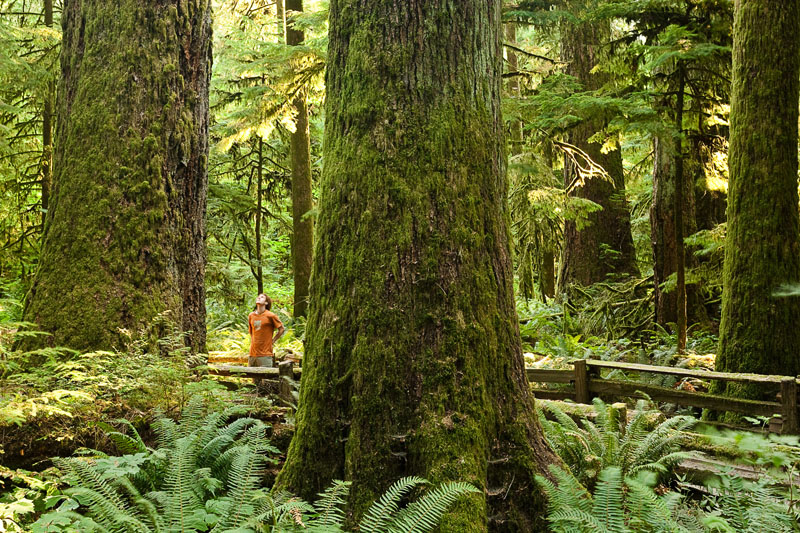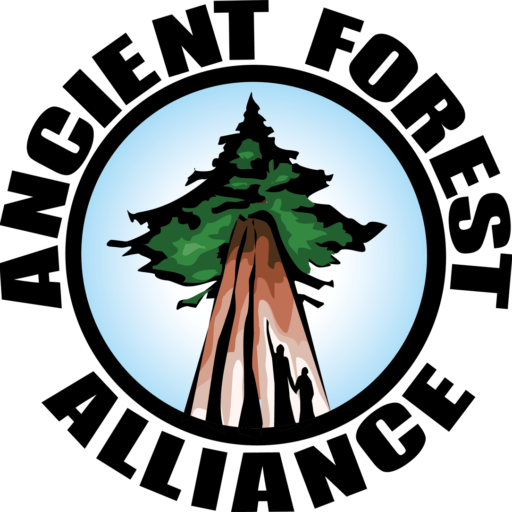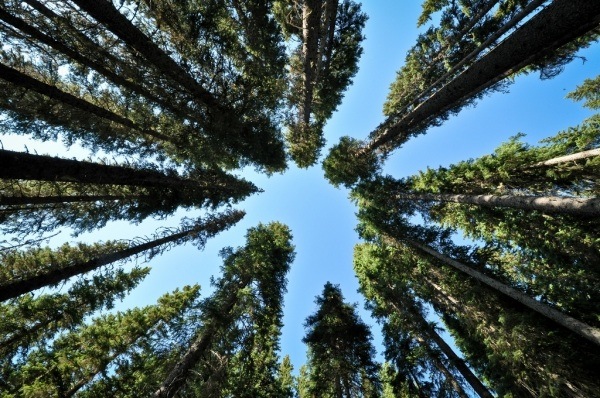
B.C. forest giveaway threatens to speed up collapse
"How did we get to this point? It is no secret that this redressed proposal is especially aimed at companies operating in the Interior. After the mountain pine beetle epidemic, the province allowed a significant increase to the annual cut to deal with massive quantities of dead or dying trees in this region. But that process has almost run its course: dead wood is running out and forest companies are cutting down more and more living trees, also known as green timber. In a headline-making case, West Fraser and Canfor took one million cubic metres of green timber over and above the allocated cut, without penalty by the B.C. government."
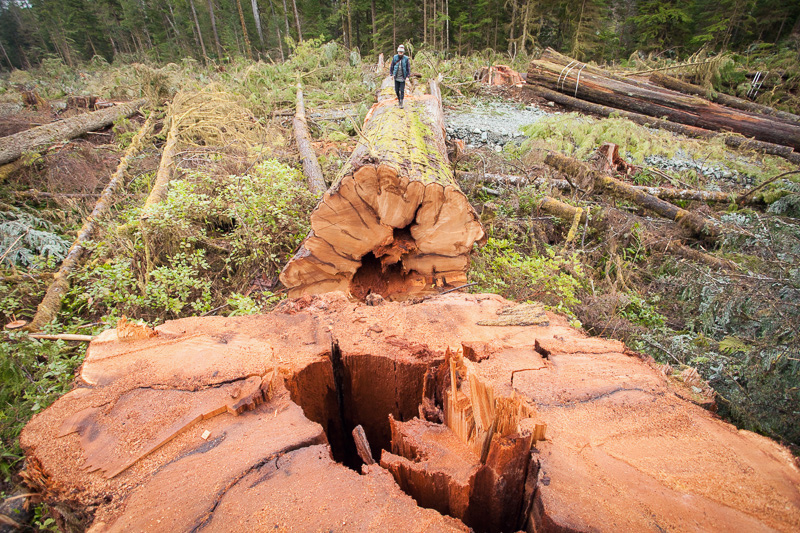
Submission by Vicky Husband to the BC Government’s TFL-Expansion Plans
"TFLs have always enabled monopolistic corporate control of our public forests and, over the long term, have not maintained the public benefits that were promised when they were awarded. The sorry state of BC’s coastal forests and coastal forest industry, where the majority of current TFLs exist, provides all the evidence needed to reject the creation of any more TFLs..."
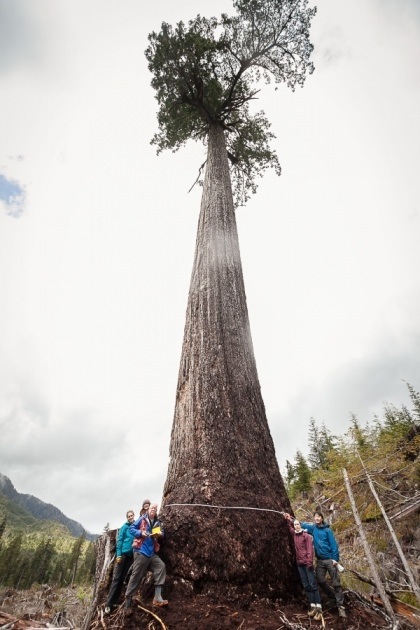
Check out Canada’s second largest Douglas-fir tree (photos)
"Dubbed 'Big Lonely Doug', this Douglas-fir is the second largest tree of its species (Pseudotsuga menziesii) in Canada."
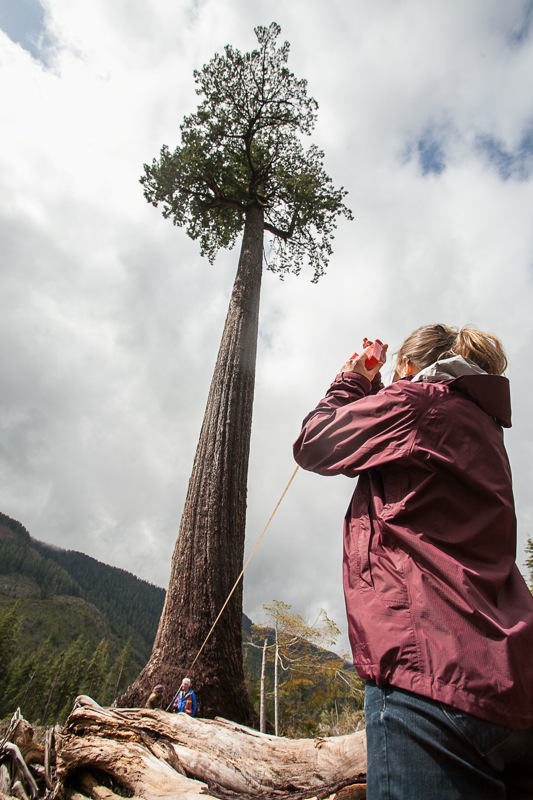
Towering Vancouver Island tree officially second-largest in the country
The Globe and Mail's coverage on Big Lonely Doug.

Vancouver Island tree officially second-largest in Canada
Coverage by CTV News on Big Lonely Doug, officially measured as the second-largest Dougas fir tree in Canada.
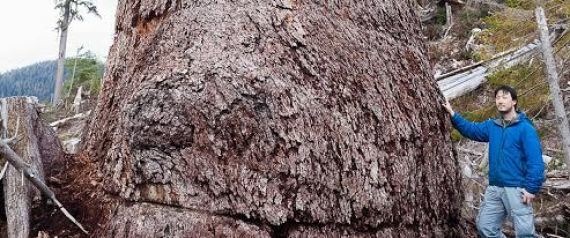
Big Lonely Doug Officially 2nd-Largest Fir in Canada
Article by Huffington Post on the recent measurement of Big Lonely Doug as the second largest Douglas fir in Canada.
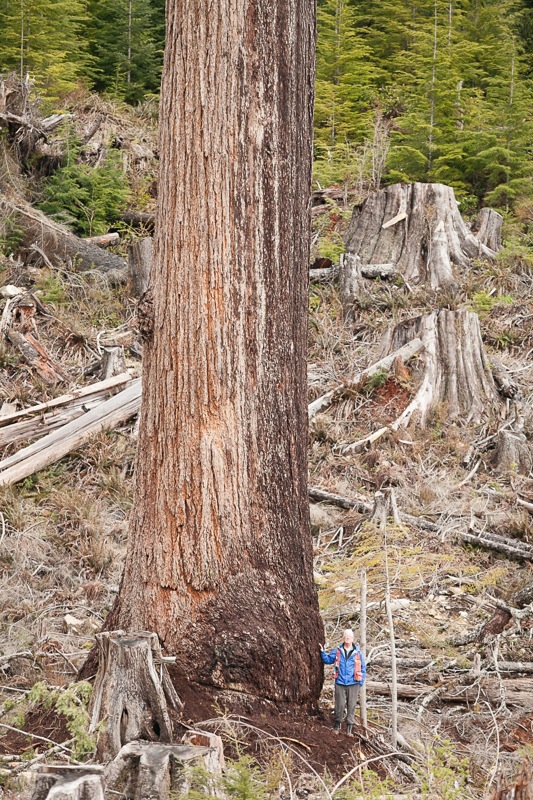
B.C.’s ‘Big Lonely Doug’ is the second-largest tree in Canada
The Province's article on the official measurement of Big Lonely Doug, the second largest Douglas fir in Canada, located near Port Renfrew BC.
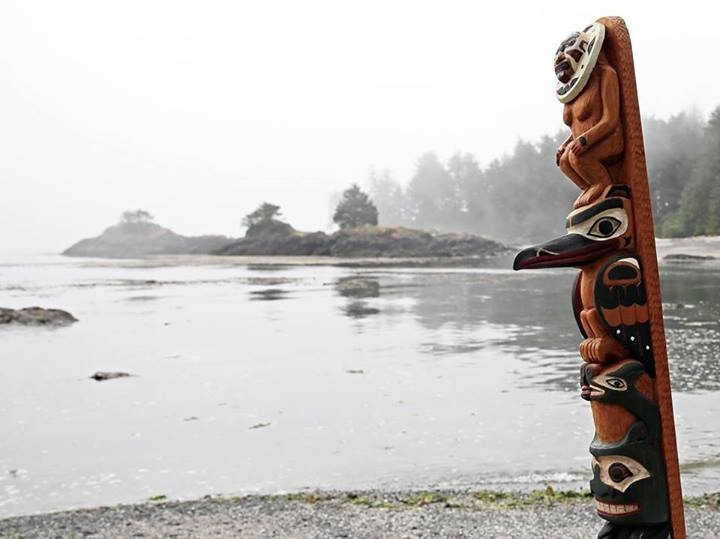
First Tribal Park in BC/Indigenous Relations, Meares Island, Turns 30 Years Old and is Expanded
The Meares Island Tribal Park was the first Tribal Park declared in British Columbia, and resulted in keeping the island’s majestic old-growth red-cedar forests still standing to this day. Since that time the Tribal Park model has not only been expanded by Tla-o-qui-aht in their own territory, but has also inspired First Nations’ protected areas across British Columbia and increasingly, around the world.
“The declaration of Meares Island as a Tribal Park 30 years ago set in motion an idea that has caught and spread throughout indigenous communities, that we can sustain our cultures by safeguarding the land and living things that provide for us,” stated Eli Enns, Tla-o-qui-aht co-founder of the Ha’uukmin (Kennedy Lake Watershed) Tribal Park in Clayoquot Sound. “We can assert our own management plans for our territories, as we have been doing for thousands of years, so that we can continue to live in harmony with the land that sustains us and all of humanity.”
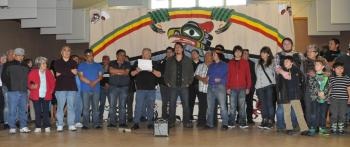
Tla-o-qui-aht, Tofino Celebrate Tribal park Declaration
The Tla-o-qui-aht First Nation band in southern Clayoquot Sound (Meares Island, Kennedy Lake, Long Beach, Clayoquot Valley, Tofino and Tranquil Creeks region...) have a long history of pioneering Tribal Parks and continue to do so today. Here's a good article about their recent celebration and some history of the battle for old-growth forests on Meares Island in the early 1980's that really sparked the campaigns to save Vancouver Island's old-growth forests over 30 years ago!
